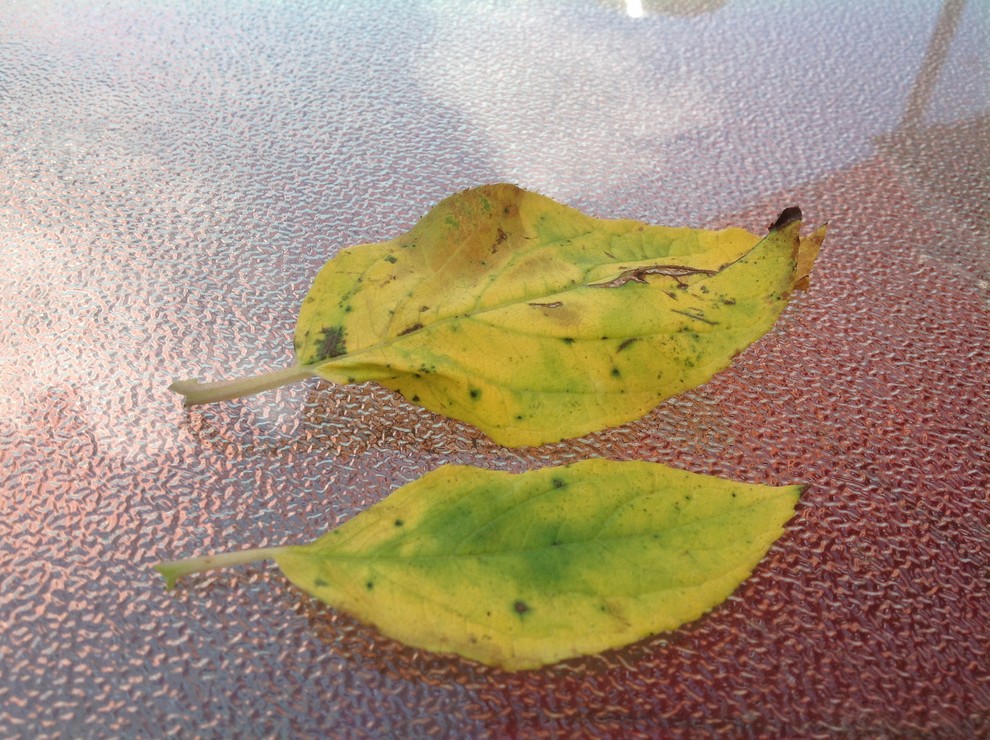Hydrangea Leaves Turning Yellow Can Be Fun For Anyone
Table of ContentsThe Ultimate Guide To Hydrangea Leaves Turning YellowThe Facts About Hydrangea Leaves Turning Yellow UncoveredSome Ideas on Hydrangea Leaves Turning Yellow You Need To KnowThe Facts About Hydrangea Leaves Turning Yellow RevealedThe Of Hydrangea Leaves Turning Yellow
Overwatering can also create dehydration, as counterproductive and odd as that may sound. Overwatering can choke off oxygen to the origins, which your houseplant requires to make it through.Thus the plant becomes dehydrated even though it is being in a wealth of water. Rotting roots will certainly transform slick and black with a mushy texture and a rotting scent. The leaves of your hydrangea may diminish, and the ones that are still affixed will certainly be yellowed or brown and be mushy at the stem.
Without your intervention, those leaves will rapidly transform brownish, then black as they shed. Where you place your hydrangea matters a great deal if you desire your plants to maintain its full depth of shade and have appealingly environment-friendly fallen leaves. SIf your hydrangea is an interior plant in your house after that you will likely have an alternative of four home window instructions: north, southern, eastern, and west.
Some Of Hydrangea Leaves Turning Yellow
Hydrangea getting excellent light, Straight sunlight for hydrangeas is suitable in the early morning. As soon as the mid-day sun enhances, the direct light is too scorching, so give indirect light to partial color. Dappled color is one more option. Permit me to discuss some of these "light" terms. Straight light is the kind of light a plant gets when it sits directly in the sunlight.
Spotted shade means your hydrangeas have overhanging cover, such as a larger tree or plant. The sunlight comes with directly, yet the cover of the bigger plant permits the sunshine in only occasionally through the openings in the branches or leaves. Hydrangeas can expand in direct sun as long as they are well sprinkled a watered often.
Photosynthesis, as most of us understand, is important for plant survival, so chlorosis demands to be treated quickly. Hydrangea Leaves Turning Yellow. While chlorosis can be created by other nutrient shortages, it is most typically an iron shortage. In the complying with area you will certainly learn exactly how to recognise whether your plant has an iron deficiency or another thing
Initially appears on the older leaves, however the leaf capillaries continue to be eco-friendly. A magnesium shortage appears initially on old fallen leaves and ought to not be puzzled with an iron shortage [Photo: izzzy71/ Shutterstock. com] While there is generally adequate iron in all-natural dirt, hydrangeas frequently have a hard time to soak up sufficient of it.
About Hydrangea Leaves Turning Yellow
The ideal means to protect against iron deficiency-chlorosis in hydrangeas is to grow them in appropriate ericaceous or official statement acidic soil. When planting in a bed, mix in some peat or reduced-peat ericaceous compost and check the p, H worth once a year. This is required because the garden compost combination around the plants will certainly affect the p, H visit the site worth of the dirt in the lengthy run and the p, H worth may rise once more.
It is just utilized on a commercial range, where an extended iron deficiency would certainly suggest substantial yield losses. The special fertilisers for this are commonly costly and need to be used in really exact doses to stay clear of damages to the leaves. Foliar fertilisation is only reliable for a brief period and must be applied regularly or supplemented by typical iron fertilisation.
Input your search keyword phrases and press Get in.
We're best in the center of our late-blooming hydrangea season below, so I thought I 'd share an idea for this certain sort of hydrangea that I found actually intriguing. A whole lot of people have a similar problem with their panicle hydrangeas where they start to see the leaves transforming yellow and leaving at various components of the season and it can be rather remarkable and rather concerning since it can take place truly quickly on a shrub that feels like it's otherwise actually healthy and balanced.
Getting My Hydrangea Leaves Turning Yellow To Work
I have actually shared it on Instagram before, but I realized I've never ever told you about this in a real, full article, so today I'm looking after that. When I say that this relates to panicle hydrangeas, that indicates the sort of hydrangeas that commonly grow later on in summertime, generally around August.

If you actually wish to maximize flowers, a (the center number) will truly aid increase the number and size of your blooms. You ought to see the variety of newly-yellowed fallen leaves reduce rather quickly as quickly as you give your hydrangea the food it needs. The excellent information is that if you do absolutely nothing, the plant will still be fine, it will simply have a few less leaves.
Courtenay is the author of the book The Cleansing Ninja and has actually been included in countless publications consisting of Nation Sampler Farmhouse Style, Better Homes and Gardens, Parents Publication, Real Simple, and Our Homes.
The Single Strategy To Use For Hydrangea Leaves Turning Yellow
The areas develop due to water drops from rainfall or watering that remain on leaves during warm and damp problems. This is specifically real in large plant nurseries and domestic or business landscapes that utilize above irrigation frequently. When making use of above irrigation it is best to water in very early to mid early morning so the sun can dry the water from vegetation.